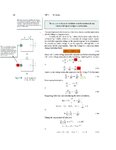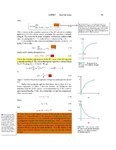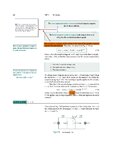PG1995
Full Member level 5
Hi
Please have a look on the attachments. The attached pages are: 258, 259, 260. Please help me with the queries. I need to understand this derivation soon. Thank you for your help.
Regards
PG
Please have a look on the attachments. The attached pages are: 258, 259, 260. Please help me with the queries. I need to understand this derivation soon. Thank you for your help.
Regards
PG


